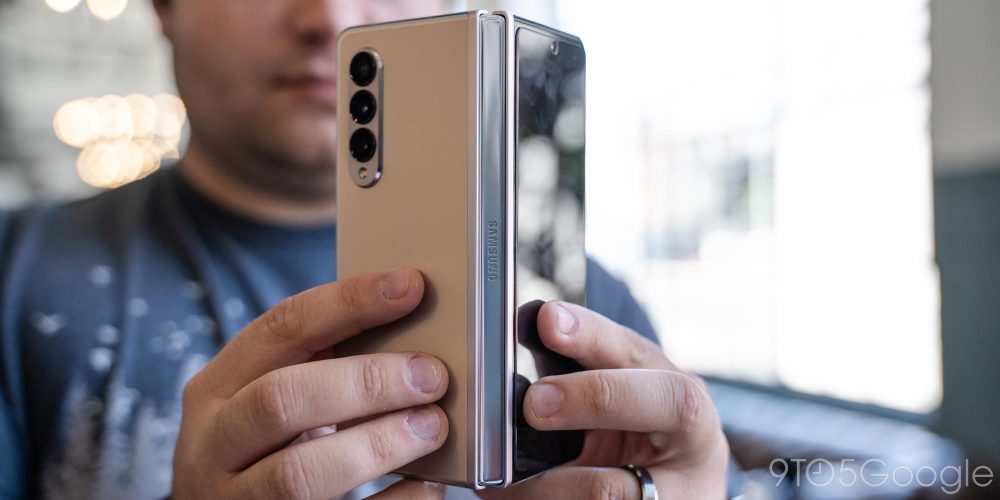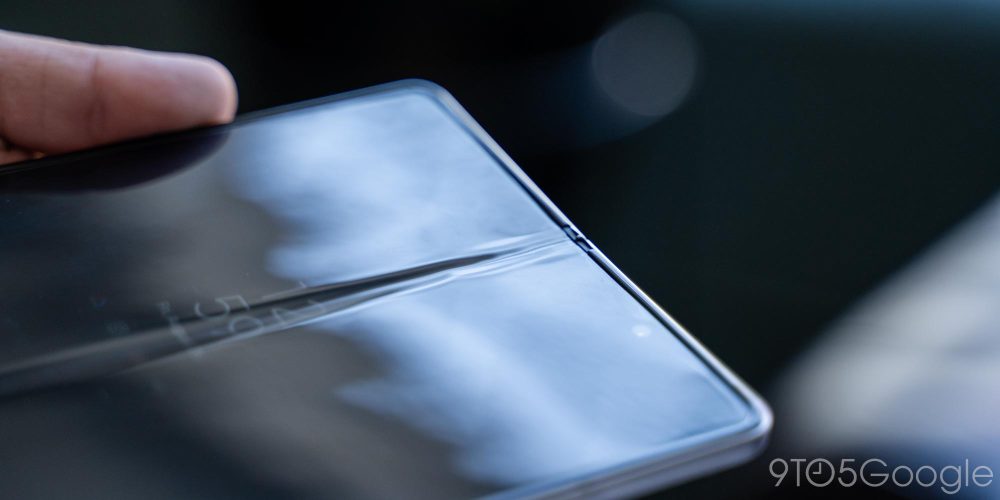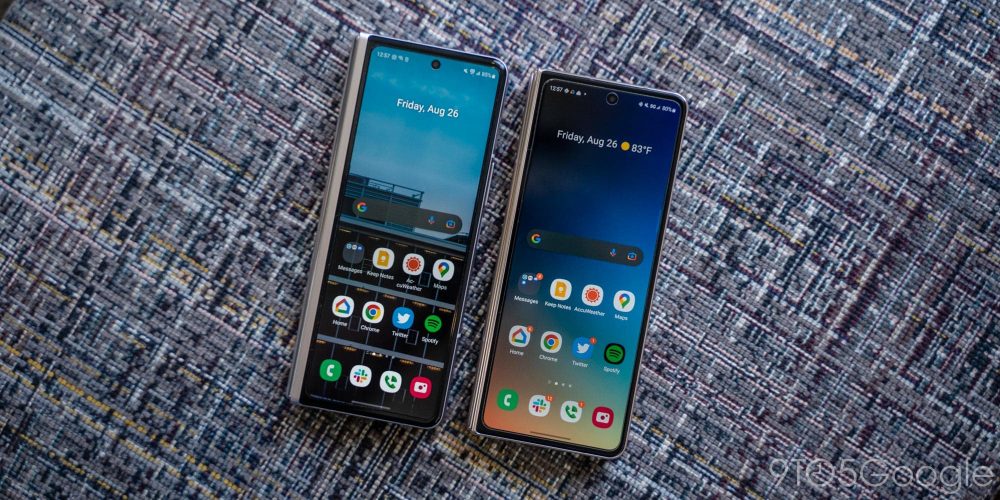
Foldables never really went “mainstream” until Samsung’s Galaxy Z Flip 3 and Fold 3, the devices that finally boosted sales to show there’s real interest in these devices. But a year later, how did the Galaxy Z Fold 3 hold up, and what does that tell us about what’s next?
The Galaxy Z Fold 3 was my second foldable smartphone. I picked it up by trading in the Galaxy Z Fold 2, an upgrade I was super happy to make because that 2020 release hadn’t aged particularly well.
With the Fold 2, I’d noticed that the hinge wasn’t as resistant anymore, that the inner screen was a pain to use, and that the accessory ecosystem needed some serious work. Thankfully, the Fold 3 addressed all of these.
A year into using the Galaxy Z Fold 3, my device still has a strong hinge that works just fine in Flex Mode. The inner screen protector has also held up incredibly well. It’s basically free of any damage, and the oleophobic coating still manages to keep fingerprints at a reasonable level. Over the summer, though, I’ve definitely noticed it’s gotten worse and worse at handling moisture from my fingers on a hot afternoon.

It’s also clear that accessories have started to thrive in the Fold 3’s generation. Samsung’s first-party cases held up great for me over the course of a year; I owned both the company’s leather case and two of the silicone cases which I rotated out throughout the year. The black silicone case provided excellent grip, while I, unfortunately, had to move away from the white one because it was quick to pick up stains. The leather case was perhaps my favorite, holding up on both grip and how well it fit the phone despite constantly slipping the case on and off.
But how did the Galaxy Z Fold 3 itself hold up over a year? Did Samsung’s durability improvements work out?

As mentioned, the inner screen has held up way better than I expected it to. Water resistance was also a huge improvement with peace of mind. I wasn’t worried to bring the Fold 3 on most outings, and it did easily survive a few encounters with rain, showers, and more without any problems.
But dust resistance is something that Samsung clearly still needs to work on. My Fold 3 managed to let some dust slip through the hinge within its first couple of months of usage, which then wedged itself under the display and leave a visible bump. Thankfully, this never resulted in any actual damage, but it’s a visual annoyance, has a slight audible presence, and was absolutely a source of stress throughout my ownership. I’ve never been big on phone insurance, but I’ve carried Care+ on the Fold 3 throughout its life.

And I’m not alone in hiccups like that. Fold 3 cracks are still common to see, and the Fold 3’s screen protector peeling happens a lot too. It’s clear there’s still room for improvement. Michael Fisher did a great job of documenting those issues with his unit, and I’m glad I haven’t run into the same problems on my unit – Samsung support still seems like a nightmare to deal with.
With the Galaxy Z Fold 4 here, though, I was more than ready to make the jump. But unlike the Fold 2, I’m not upgrading because I’m no longer happy with this device. Rather, it’s just that the Fold 4 hits the right notes for me personally.
The Fold 4’s improved main camera addresses one of my biggest problems with the Fold 3, and the changes to the display sizes pushed me over the edge on a trade-in, despite that still costing me $800.
Are you a Galaxy Z Fold 3 owner? Are you upgrading? Let’s talk in the comments below!

More on Android Foldables:
- Hands-on: Samsung’s Galaxy Z Fold 4 kickstand case is great, but a bit disappointing
- Samsung Galaxy Z Flip 4 Review: Where do your priorities lie?
- It sure looks like OnePlus is set to join the foldable market, as Oppo prepares new entries
Author: Ben Schoon
Source: 9TO5Google



